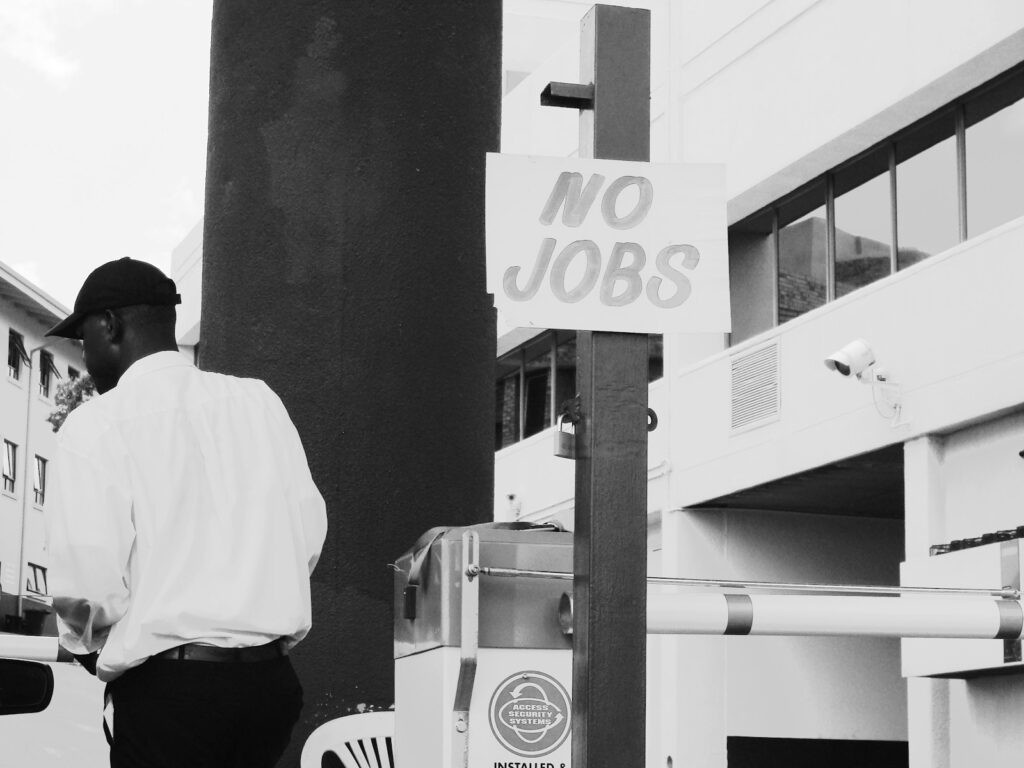
Thousands of professionals across the technology and finance sectors have faced job losses in recent months, a trend marked by considerable downsizing at some of the largest companies.
Major corporations, including Meta, Salesforce, Amazon, Google, Microsoft, and others, have enacted significant workforce reductions, a notable shift for organizations that, for the last decade, seemed largely immune to broader market fluctuations.
These layoffs are unfolding against a backdrop of challenging economic conditions, including concerns of a potential recession and a new corporate focus on fiscal austerity aimed at satisfying shareholders and investors.
This environment has led to a tense job market, particularly for white-collar workers who previously benefited from a period of rapid growth and hiring, including the expansion of remote work roles during the pandemic.

Data tracking recent workforce changes indicates the scope of these reductions. According to Layoffs.fyi, approximately 340 tech companies collectively laid off 101,807 workers in 2023 alone.
This figure represents a significant increase compared to earlier periods, with tech companies slashing more than 257,000 jobs in 2023, contrasting with the 80,000 cuts from March to December 2020 and 15,000 in 2021 during the pandemic phase.
The early days of 2023 saw a particularly sharp rise in job losses, with more than 30,000 workers losing their jobs globally in less than a week, nearly doubling the number of people laid off in the entire month of December 2022.
Layoffs Tracker data also shows 30,611 people from 30 companies were fired in the first six days of January, highlighting the accelerated pace of workforce reductions at the start of the year.

Amazon.com Inc.’s decision to lay off more than 18,000 roles accounted for a significant portion of the early 2023 statistic, surpassing the 11,000 cuts announced by Facebook parent Meta Platforms Inc. in the previous year.
Meta, Amazon, Twitter Inc., and Snap Inc. together cut over 97,000 jobs in 2022, a substantial increase of 649% from 2021, indicating a worsening situation as 2023 began.
Beyond the tech sector, significant reductions have also been reported in other industries, ranging from media to automakers and finance.
Financial giants like Goldman Sachs also announced major layoffs in the first weeks of 2023, alongside tech companies facing economic worries.

The toy industry has also seen cuts, with Hasbro announcing plans to cut around 1,100 jobs, nearly 20% of its workforce, according to a memo from its CEO reported by The Wall Street Journal.
This follows an earlier reduction of 800 jobs at Hasbro in the same year, driven by disappointing toy sales extending into the holiday season.
Hasbro CEO Chris Cocks noted in the memo that “The market headwinds we anticipated have proven to be stronger and more persistent than planned,” adding that while confident in the future, “the current environment demands that we do more.

Amidst these widespread layoffs, the perception and treatment of laid-off workers in the job market have become a significant point of discussion.
Being selected for layoff, especially under circumstances that suggest performance issues, can present challenges for individuals seeking new employment.
The term “low performer” is described as pejorative, carrying the connotation of not meeting expectations and being considered in the lower end of the workforce.
This label is often seen as a red flag that may signal selection for downsizing in subsequent rounds of workforce reductions.

Individuals identified as low performers may be placed on performance improvement plans, which are sometimes viewed as a preliminary step before exiting the company.
Another method referenced is the stack-ranking process, where employees measured as performing lower than their peers are potentially nudged out of their positions.
Unfortunately, some hiring professionals, including human resources personnel, recruiters, hiring managers, and interviewers, may hold biases or preconceived notions regarding candidates who have been laid off.
Some recruiters contend that a laid-off person may have been terminated due to doing something wrong, lacking the capacity to achieve required results, or being classified as a low performer.

One executive recruiter recounted vivid experiences from over ten years prior, where hiring managers chastised the recruiter over candidate submissions.
These managers reportedly stated, “There must be something wrong with the person since they were the one chosen for termination.”
The demand from these hiring managers was explicit: “I don’t want to hire the person who lost their job; I want the person who has a job!” This illustrates a historical bias that persists.
The combined challenges of unrelenting layoffs, a general slowdown in hiring for white-collar positions, and the potential stigma associated with the “low performer” label are anticipated to make securing new employment considerably more difficult for affected professionals.
The publicity surrounding certain company actions has also raised concerns about how laid-off employees might be perceived.
Read more about: For Tech Workers, Layoffs on Leave Add to Uncertainty

Salesforce CEO Marc Benioff reportedly inquired on the company’s internal Slack channel whether employees hired during the Covid-19 pandemic were demonstrating sufficient work effort.
The CEO sought to understand reasons for lower productivity among younger, recently hired remote employees before the company proceeded to cut 10% of its workforce.
Business Insider reported that managers at Salesforce were directed to rank employees and identify the bottom 10%, potentially impacting the perception of those subsequently laid off.

Meta CEO Mark Zuckerberg, during a town hall meeting, cautioned employees about a challenging economic climate and the necessity for reduced hiring and cost management.
As part of Meta’s adjusted fiscal strategy, expectations for employees were slated to increase, accompanied by a statement from Zuckerberg that was interpreted by some as a veiled suggestion that some employees might find the adjusted expectations incompatible with their plans.
He stated, “I think some of you might decide that this place isn’t for you, and that self-selection is okay with me.” He added, “Realistically, there are probably a bunch of people at the company who shouldn’t be here.”
The Information reported that Maher Saba, Meta’s vice president of remote presence, instructed managers to identify team members requiring “support” and to “move to exit” poor performers “who are unable to get on track,” highlighting internal directives related to performance management and separation.
The Washington Post reported that white-collar tech workers expressed concerns about being placed on performance improvement plans, fearing these could ultimately lead to job loss.

Google CEO Sundar Pichai, anticipating business challenges, informed his team in a July all-hands meeting of the need to enhance productivity.
Pichai conveyed that the period of abundant resources, described as the “halcyon days of plenty,” had concluded.
The CEO indicated that Google and its industry counterparts were now operating in a more demanding environment, necessitating aggressive cost reductions and efforts to achieve greater efficiency with a smaller workforce.
Prior to initiating layoffs, Alphabet, Google’s parent company, allegedly introduced a ranking system and performance improvement process known as Googler Reviews and Development (GRAD).
This new system was suspected by some as potentially being designed to facilitate the departure of approximately 10,000 employees.
A prevalent concern among employees was that being rated as a poor performer under the GRAD system could result in termination.
Additional worries were raised that this new performance evaluation system might be utilized in a manner that could affect the payment of bonuses and the granting of stock awards.
Google managers were reportedly asked to categorize 6% of employees, representing about 10,000 individuals, as low performers.

The significant number of white-collar professionals losing their jobs, exceeding 100,000, has understandably caused anxiety among those who remain employed, sending what the text describes as shivers down their spines.
For those who have lost their jobs, financial difficulties are a pressing concern, particularly given the current economic climate marked by record inflation, high interest rates, and rising costs for essential goods and services.
A less frequently discussed, yet significant, challenge for laid-off professionals is the matter of how they will be perceived within a job market characterized by a large number of applicants and companies that are simultaneously reducing staff while often pausing or slowing hiring efforts.
The reality of widespread layoffs has indeed lent a grim tone to the start of the year for thousands of tech workers globally and continues to shape the employment landscape.



